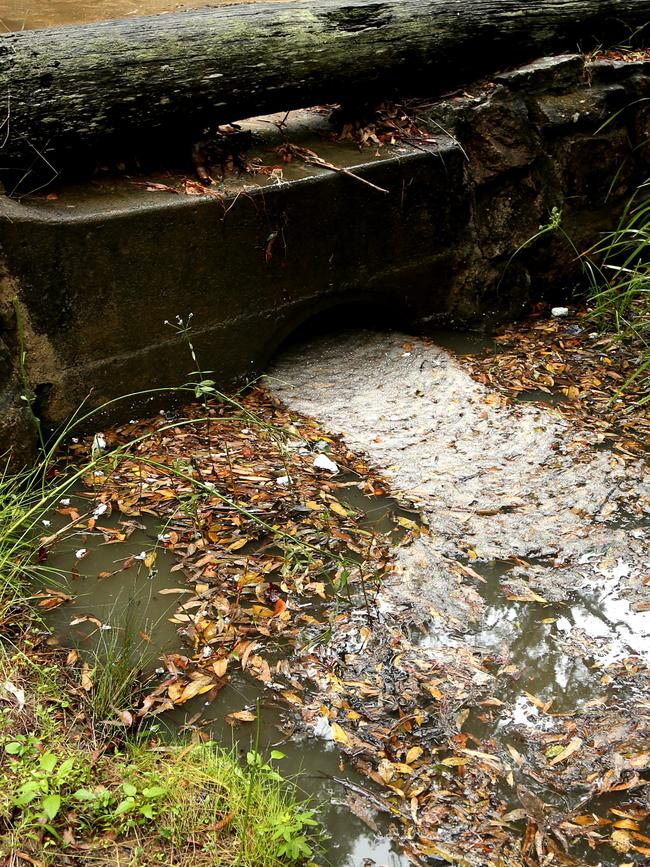Shocking truth about Australia’s greatest tourist drawcard
It’s one of the most iconic harbours in the world, with tourists injecting billions into our economy with each visit. But there’s a horrific truth lurking in our waters.
It’s one of the most iconic harbours in the world.
Surrounded by the Opera House, Circular Quay, Luna Park and of course the iconic Harbour Bridge, Sydney Harbour is the major contributor to the $21.9 billion Sydney tourism pumps into Australia’s economy each year.
But beneath the bridge lies an ugly truth.
Sydney’s famous harbour is one of the most polluted waterways in the country, receiving around 15 Olympic-size swimming pools of pollutants each year. This horrific statistic makes one of our greatest tourism drawcards also one of our dirtiest.

According to a new video, titled Sydney Harbour Above and Below, the waters around Australia’s most popular city is filled with cigarette butts, plastic bags and bottles, lost shoes and clothing and even dead animals — all coming into the harbour from stormwater run-off.
But the biggest component choking our waterways is plastic.
“I would call it a paradox,” Dr Katherine Dafforn, deputy director of the Sydney Harbour Research Program said in the video, which was released to coincide with World Tourism Day on September 27.
“It does look beautiful, but it is one of the more modified and polluted estuaries along our coastline.”

The CSIRO estimates around 1560kg of plastic enters our waterways each hour, most of it coming into the harbour through stormwater drains.
“After we have some of these really big rainfall events, the harbour … it’s quite tragic,” Dr Dafforn said.
“Two thirds of our pollution comes from stormwater run-off.”
But like an iceberg, the problem on Sydney’s harbour is far bigger below the surface, with the seabed receiving 70 per cent of plastics that enter the ocean.
“Unless you spend time under the water, I don’t think you get a true appreciation of what is below there,” Richard Nicholls, owner of Dive Centre Manly said, noting he and his team pull out around 500kg of plastic on their own each year.


“I think if more people knew (what was under the water) they would just be horrified. “Overwhelmingly … over half of everything we find is plastic bags. The other 50 per cent is at least made out of plastic.
“When you look at the harbour it looks beautiful, and people can’t believe that we get all of this plastic and all of this rubbish just under the surface.”
Jeremy Brown, co-founder and managing director of the Ocean Protect, said there were ways people — both locals and visitors alike — could help to ease the amount of plastic and debris entering our waterways.

“It has to start at the source,” he said.
“We have to reduce the amount of plastic that we are using, recycle better and be more conscious about what is going down our drains which ultimately ends up in our oceans. If we ruin the ocean, we are going to kill ourselves because 50 per cent of the oxygen we breathe in comes from the ocean. It absorbs 30 per cent of carbon dioxide and our food source.
“But we can fix this harbour and bring it back to where it was, but it’s pretty simple. If we kill our oceans, we kill ourselves.”
The video, which was funded by recycling company TOMRA as part of their broader efforts to educate Australians on protecting the environment and reducing the impact of drink containers that can often end up in nature, coincides with a study about plastic and mental health that was also released this month.

A new survey of 546 children aged 12 to 18 years found 82 per cent felt hopeless about plastic waste and 25 per cent blamed adults for the single-use plastic waste problem.
The study revealed plastic waste was also the fourth biggest concern for parents, with 93 per cent of 551 parents surveyed saying they are increasingly worried about the level of plastic waste entering the oceans. It ranked behind housing affordability, crime and having a well-paid job as one of their top concerns.
Many who took part in the study said they wanted to do something about plastic waste but just didn’t know how to make a difference, which was leading to eco-anxiety.

